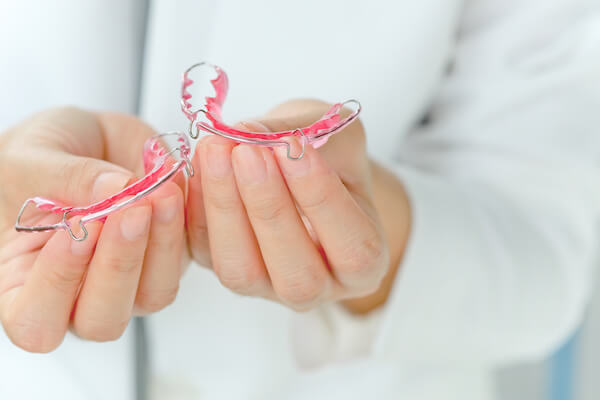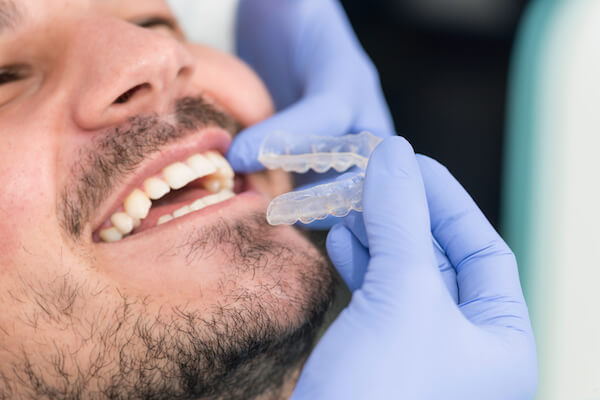Orthodontic Awareness Month

While children are celebrating the coming of Halloween, orthodontists are celebrating a different holiday of sorts – Orthodontic Awareness Month.
Orthodontic Awareness Month, which occurs every October, may not be an official holiday, but orthodontists still have fun celebrating it. This year to celebrate the staff at Valderrama Orthodontics in Melbourne, Florida have decided to provide you with a few fun facts about orthodontics, discuss ways to improve your experience if you are wearing braces or other orthodontic devices and provide you with ways you can improve your orthodontic health.
Some Fun Orthodontic Facts
- At any given time in North America, there are approximately 1 million people who are wearing braces
- Approximately 70% of those who do wear braces are female.
- The average age for people wearing braces is between 12 and 15. However, in recent years more and more adults are starting to undergo orthodontic treatment.
- Aesthetics is often listed as the most common reason to seek orthodontic treatment. The second most popular reason for seeking orthodontic treatment is to correct an overbite.
Orthodontic Treatment Options
Several decades ago braces were the only option available to people who wanted to correct the spacing and alignment of their teeth. Now there are several different treatment options available to correct your smile.
Some of the treatment options that are available include:
- Traditional braces – this is the type with wires, brackets, and rubber bands
- Clear braces – similar to traditional braces but with clear ceramic brackets
- Clear aligners- trays that correct the placement and alignment of teeth like Invisalign or Clear Correct
- Lingual braces – brackets and wires are placed on the back of the teeth instead of the front
Tips to Make Your Orthodontic Experience Easier
Whether you are a teen or an adult, you will need to make some adjustments after you undergo orthodontic treatment. In an effort to help make your experience easier and as a way to celebrate Orthodontic Awareness Month, we are providing you with some tips that will help you improve your orthodontic experience.
Some ways you can improve your orthodontic experience include:
- Choose the foods and candies you eat wisely. Eating extremely hard, crunchy or sticky foods can break the brackets, wires, and rubber bands that you are wearing. Try to avoid these types of foods so you don’t end up having to make an emergency visit to your orthodontist.
- Always carry your orthodontic kit with you. This kit contains all the things you need to fix any problem you encounter. The kits contain toothbrushes, toothpaste, picks, floss, dental wax, and handheld mirrors.
- Brush after every meal and after snacking. Food can get stuck in your braces which may cause you to experience some pain or discomfort.
- Keep all your appointments with your orthodontist. These appointments will help spot and fix any problems that may have developed.
Schedule an Early Orthodontic Treatment Consultation for Your Child
Parents often assume that their child will only need braces when they become teenagers, but that isn’t necessarily true. Some children could benefit from undergoing early orthodontic treatment to correct alignment and other issues.
Early orthodontic treatment usually begins between the ages of 7 and 10. Take part in orthodontic awareness month by scheduling an appointment for your child to have an orthodontic consultation. An orthodontist will be able to assess how their teeth and jaw is growing and determine if early orthodontic treatment is needed.
Some treatment options that are often used as part of early orthodontic treatment include:
- Use of space maintainers to hold the proper spacing between teeth
- Expanders to widen the arch of the teeth
- Wires and brackets to correct placement of teeth
- Extraction of baby teeth that may be causing problems
Call Valderrama Orthodontics to Schedule an Appointment
Think it is time to improve your smile? Call Valderrama Orthodontics at (321)420-5050 to schedule an appointment for a consultation with our orthodontist, Dr. Natalia Valderrama. Our orthodontist will work closely with you to get you the smile you have always wanted. Call us today to schedule an appointment. We look forward to welcoming you to our office!











Let's Get Social